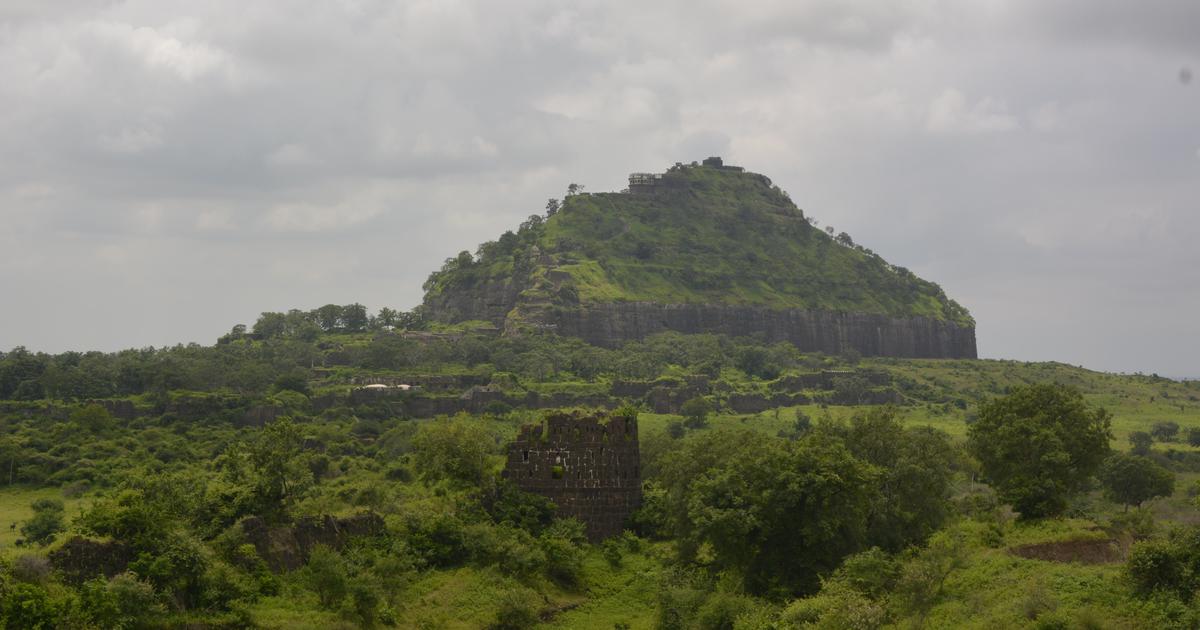About the time the Kalyani Chalukya regime began floundering, another one was taking baby steps near Halebidu in today’s Hassan district of...

About the time the Kalyani Chalukya regime began floundering, another one was taking baby steps near Halebidu in today’s Hassan district of Karnataka: the Yadavas, also known as the Hoysalas. Inscriptions dated 1078 and 1090 indicate that the Hoysalas were descendants of the Yadavas from Mathura in north India.
The folklore is that after Lord Krishna left Mathura for Dwarka in Gujarat, many Yadavas too followed him. Later, they dispersed to various regions in Maharashtra and present-day Karnataka. This is why Yadavas are found in Nashik and also in southern India. All of them describe themselves as Yadukultilak, denoting their connection with the dynasty.
The first official Hoysala family record is dated 950 and mentions that the king Arekalla was succeeded by Maruga and then Nripa Kama I (976). The next ruler, Munda (1006–26), was followed by Nripa Kama II. Initially the Hoysala dynasty was a feudatory of the Kalyani Chalukyas.
The Hoysalas started asserting themselves after the Chalukyas weakened. They first defeated the Cholas in 1116 and moved their capital from Belur to Halebidu. Though they always nursed an ambition to set up their own empire, it was Veera Ballala II who freed the Hoysalas from subordination. The Hoysalas, who began as...



